17 July 2015
There is something magic about a project put on ice for forty-five years, shut away in a drawer and then finally brought out into the light. Iran 1970, a little gem published by Humboldt Books, with a Persian blue cover, shows us Gabriele Basilico as a budding photographer, eight years prior to Milano. Ritratti di fabbriche, the research carried out between 1978 and 1980 (and presented in 1983 in a celebrated exhibition at the PAC in Milan) which would turn him into a talented and renowned portraitist of urban space. On that journey to the East with his wife Giovanna Calvenzi, leaving from Caorle in Veneto in a Fiat 124 with the aim of reaching Kabul (in reality they would only get as far as Iran, passing through Turkey), Basilico tried his hand at reportage, testing out his skills at documentation, still in search of a style of his own and the nature of his gaze. He was 26 years old, a student of architecture and already thinking about becoming a photographer, convinced that this might be a way for him to participate in the great change under way in the years of global protest. He set off for the East with a cutting of a National Geographic feature on Cappadocia in his pocket and the intention of taking photos to sell to a magazine. He didn’t succeed, but he did light the fuse of his passion for silent spaces and the monumentality of buildings and cities. We can see this in the pictures in Iran 1970, which gradually become more iconic, more contemplative and less anthropological. And Basilico reveals it himself in the short text he wrote on his return from that journey, now published as an afterword to this photographic notebook. The author speaks of the “small rural towns modeled out of clay” and of the urban centers (Teheran, Isfahan, Shiraz and Abadan), “great poles of interruption in the long routes through Persia” and “mirror of the country’s social contradictions.” Despite their distance from the style of the more mature Basilico—the artist of sleeping cities, always on the lookout for geometries and symmetries—these early pictures already display that peculiar aptitude of which he spoke to Mario Calabresi in his last interview, given in 2013, a month before his death: “What kind of photographer am I? I’m a measurer of spaces: I arrive in a place and wander around it like a dowser in search of a point of view. I walk up and down. The important thing is to find the right distance between me, the eye and the space. The fundamental act is looking, the photo is the technical memory fixed by this gaze. But it takes time, the great picture is contemplative.”
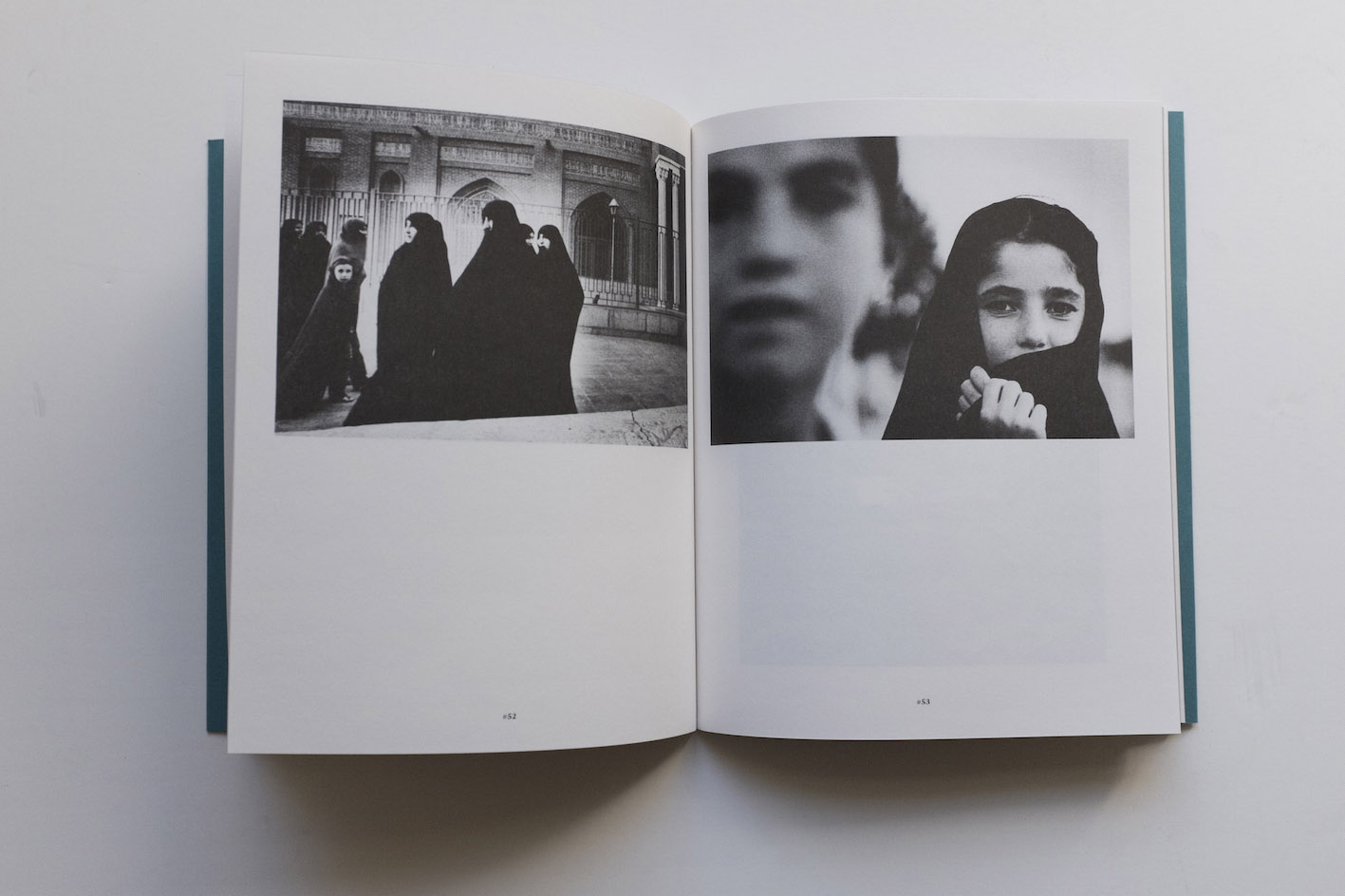
Turchia, Qom, Iran. © 1970 Gabriele Basilico.
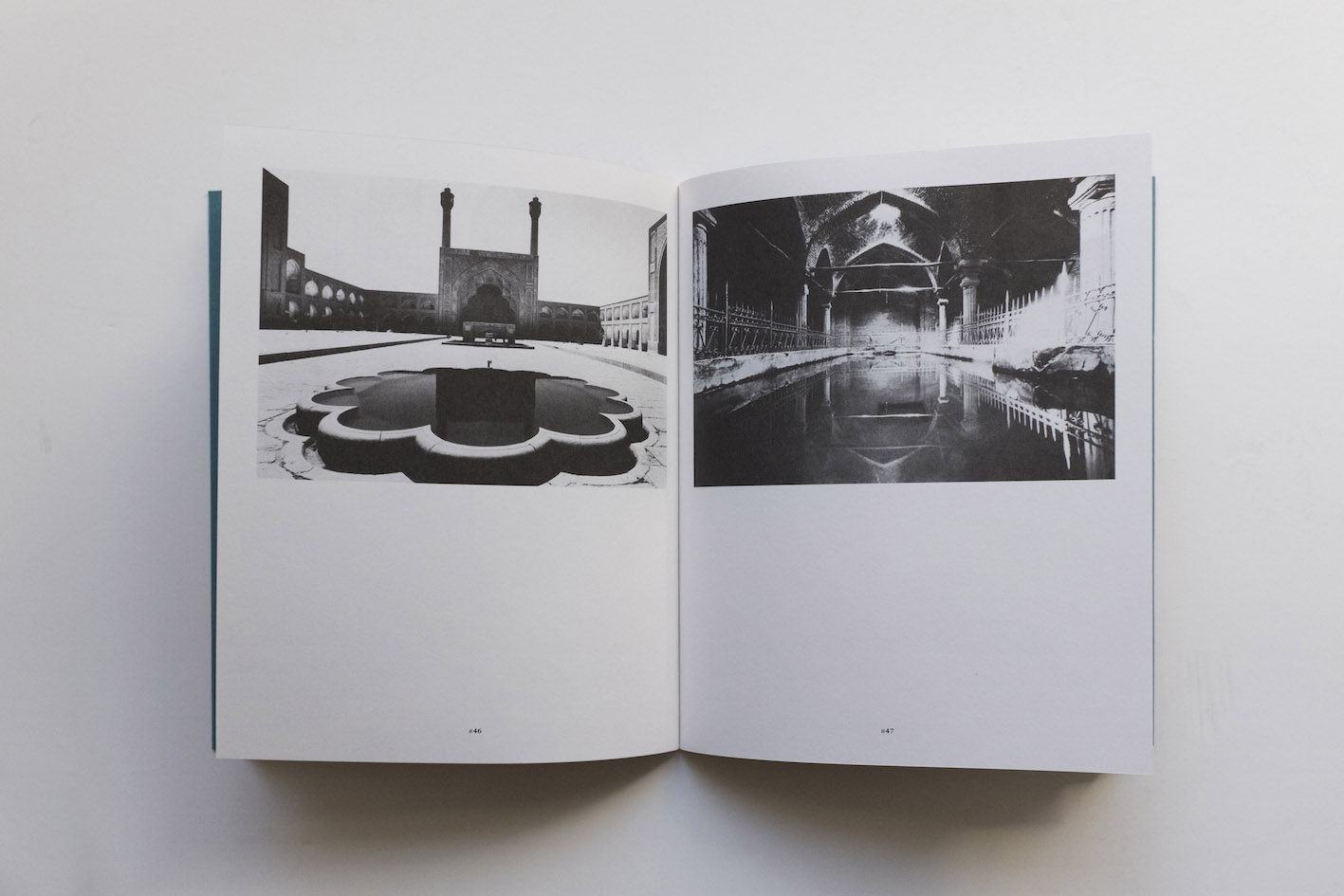
Isfahan, Iran. © 1970 Gabriele Basilico.
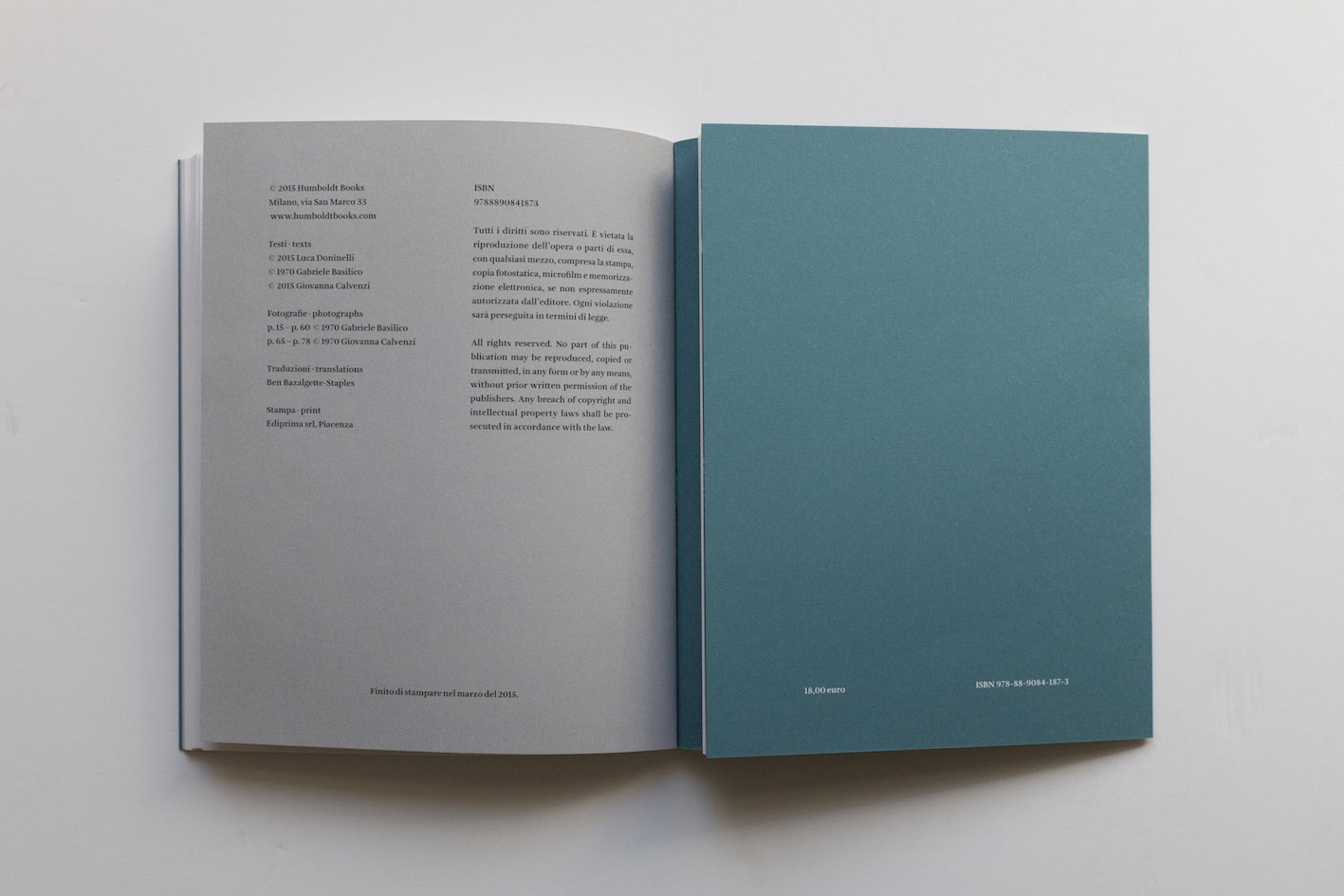
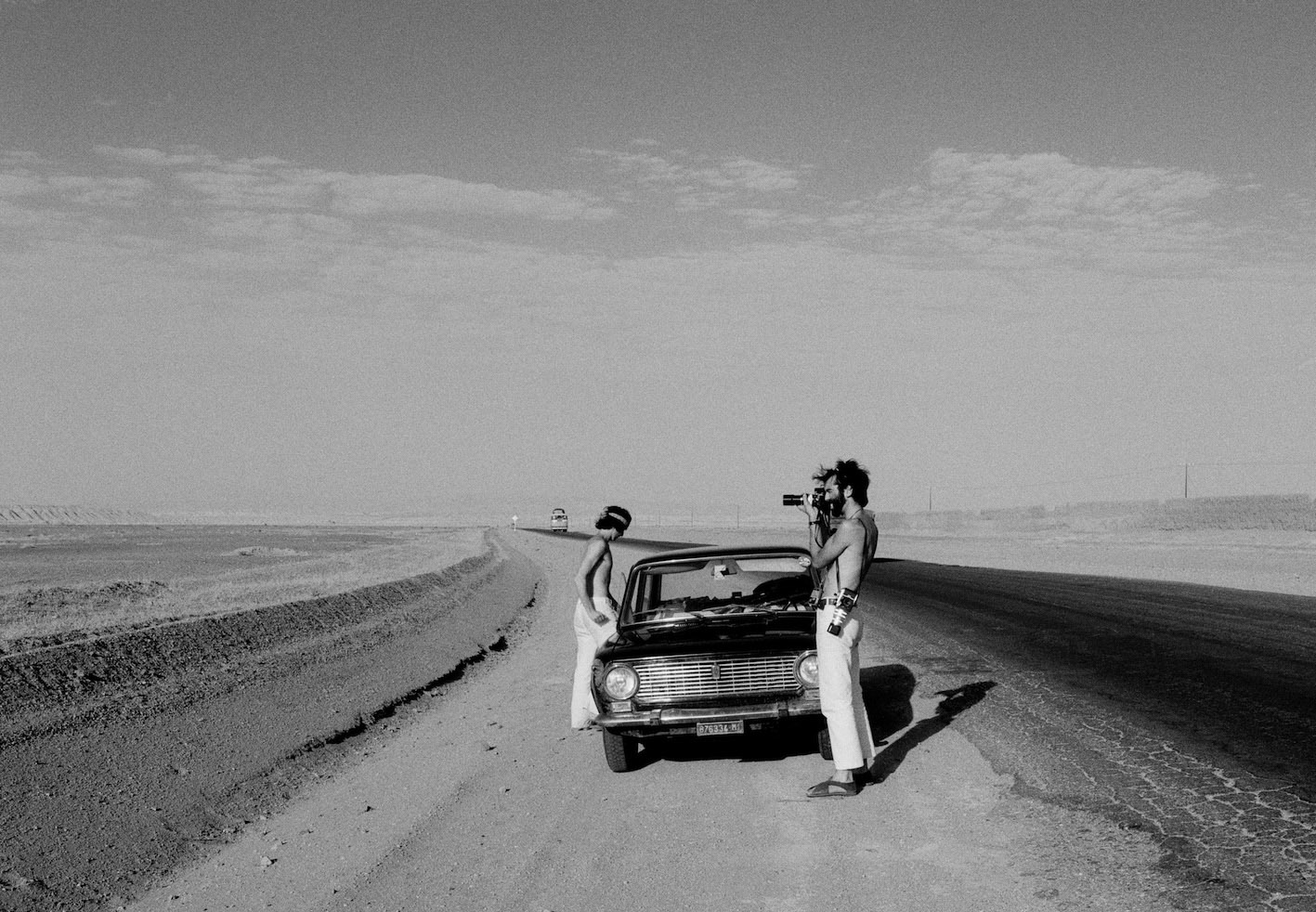
Gabriele Basilico. © 1970 Giovanna Calvenzi.
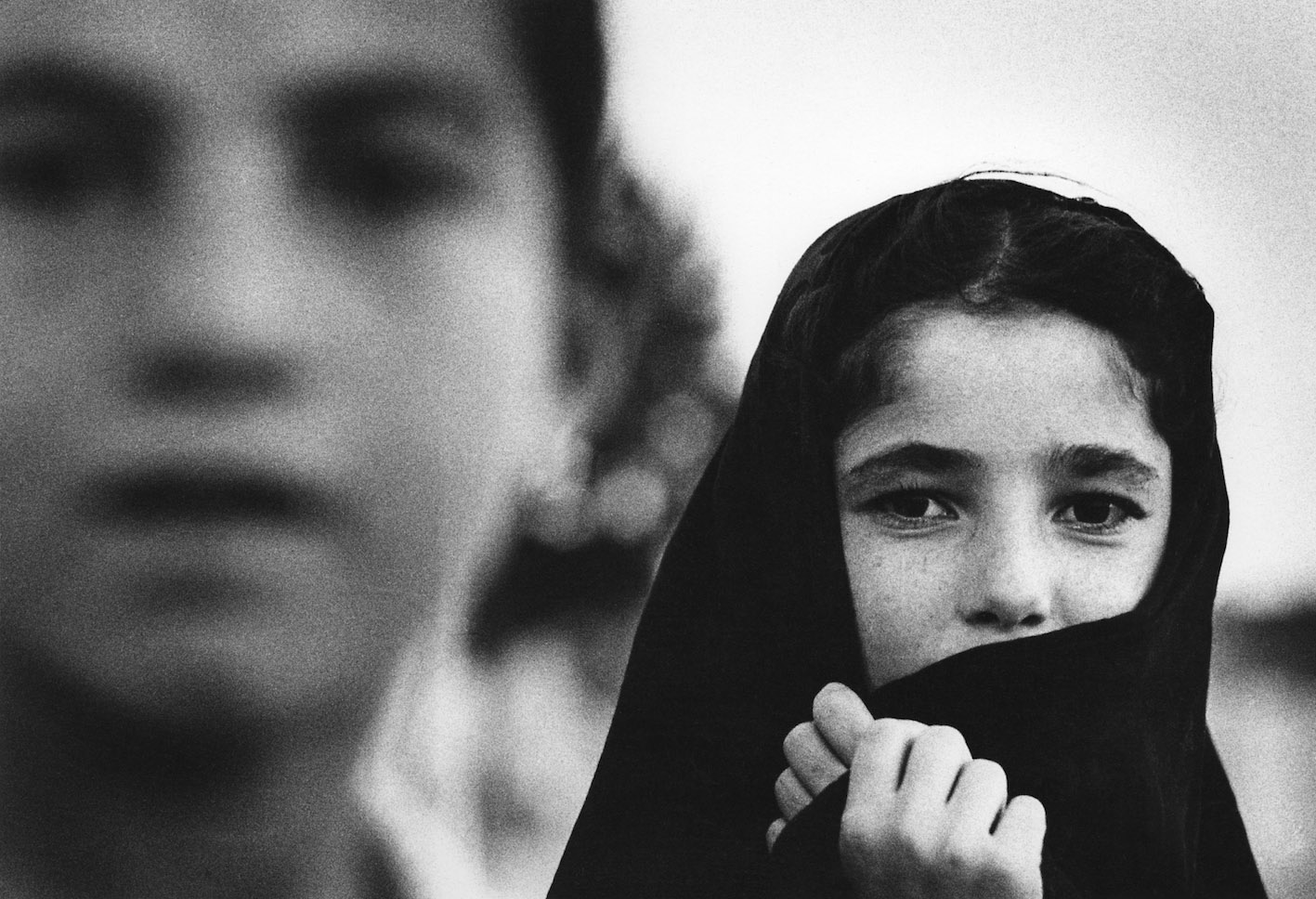
Qom, Iran. © 1970 Gabriele Basilico.
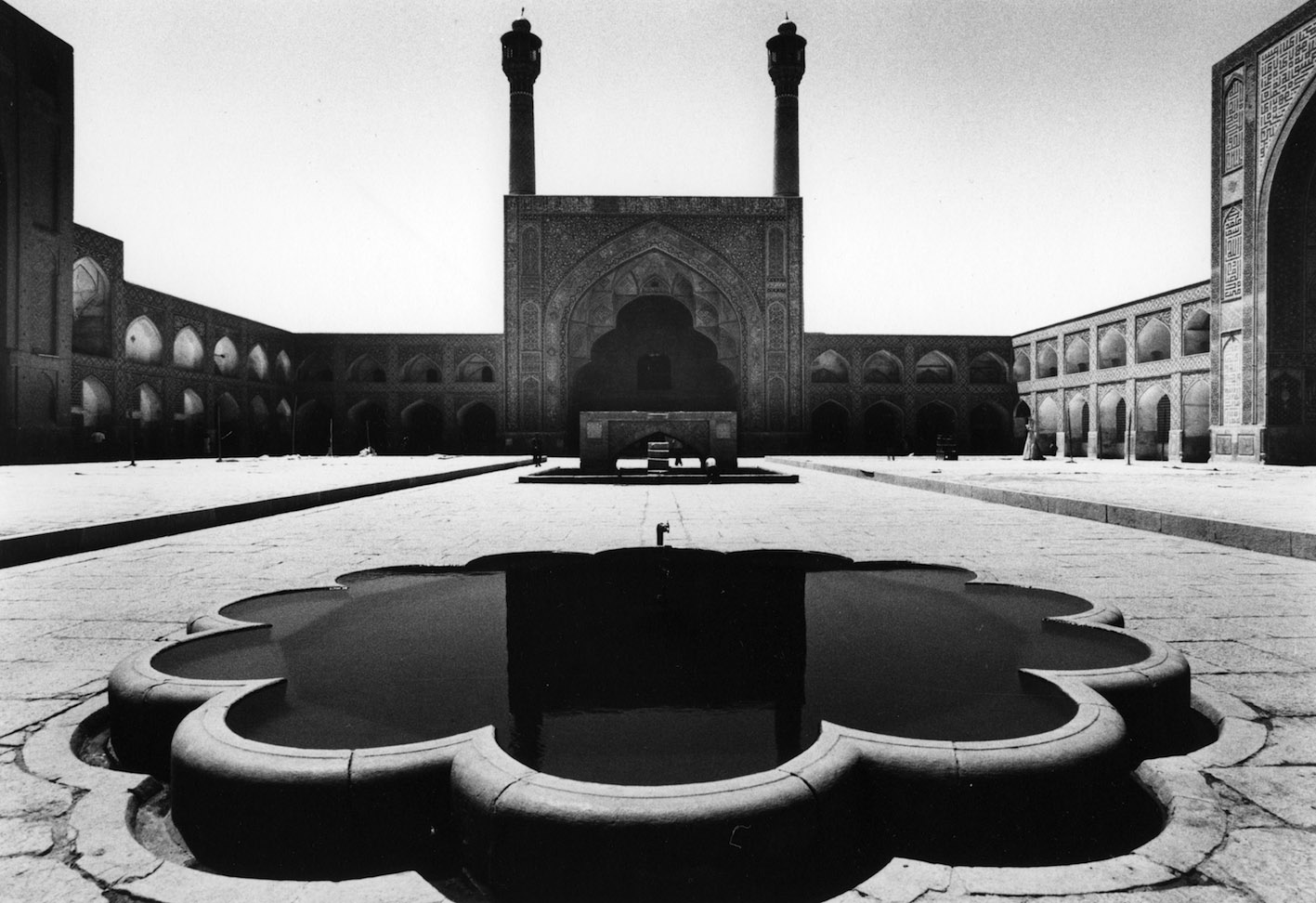
Isfahan, Iran. © 1970 Gabriele Basilico.
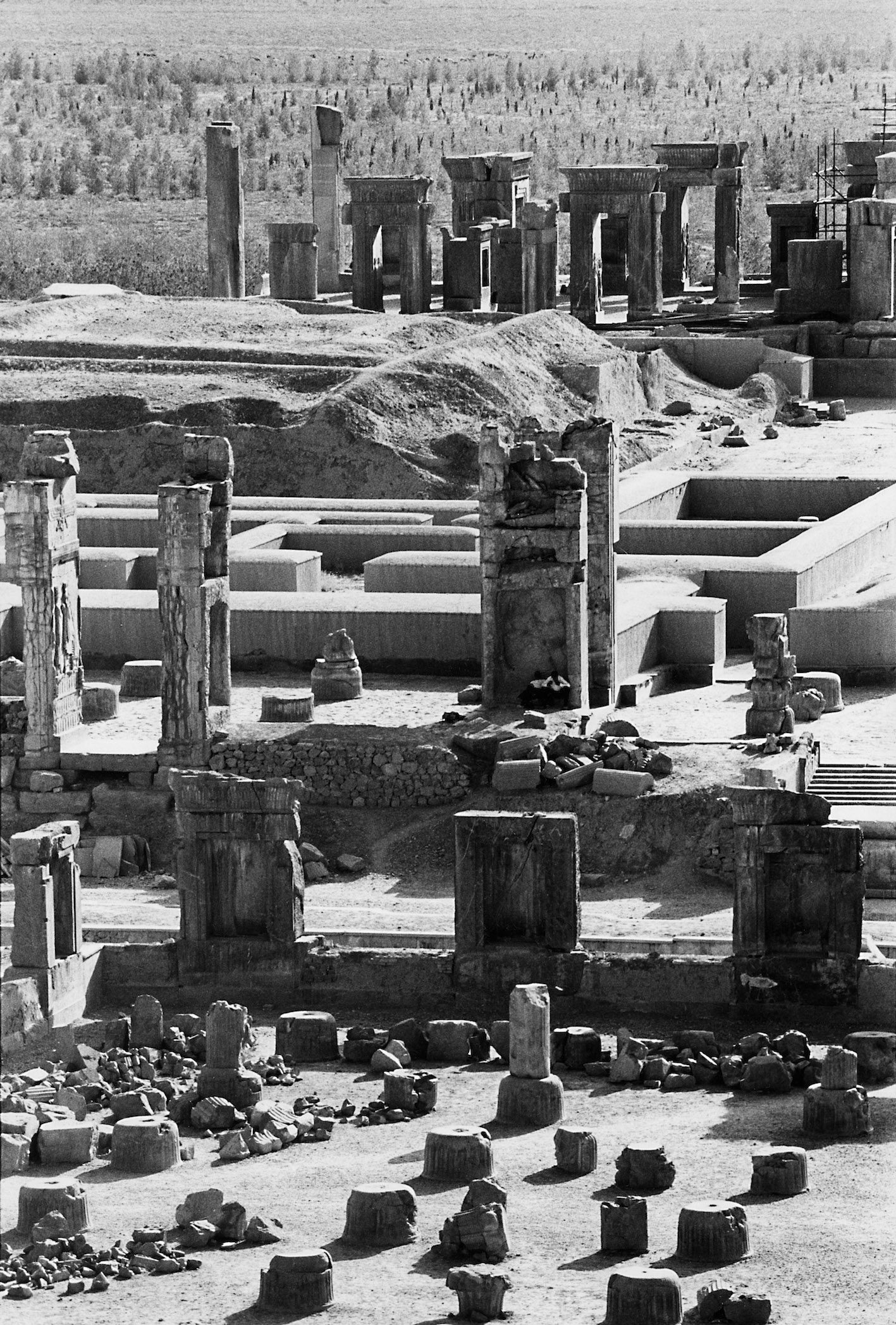
Persepolis, Iran. © 1970 Gabriele Basilico.
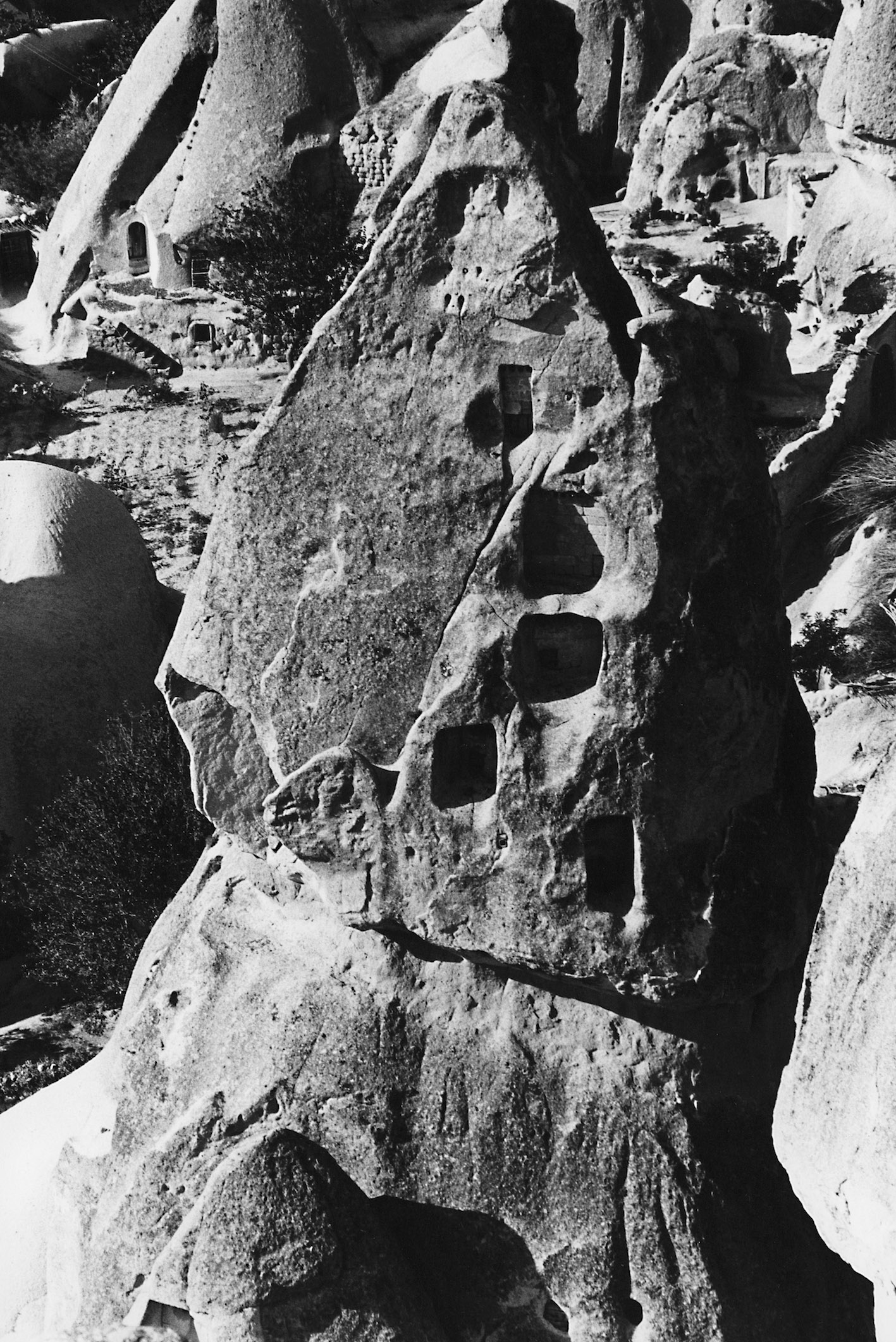
Cappadocia, Turchia. © 1970 Gabriele Basilico.
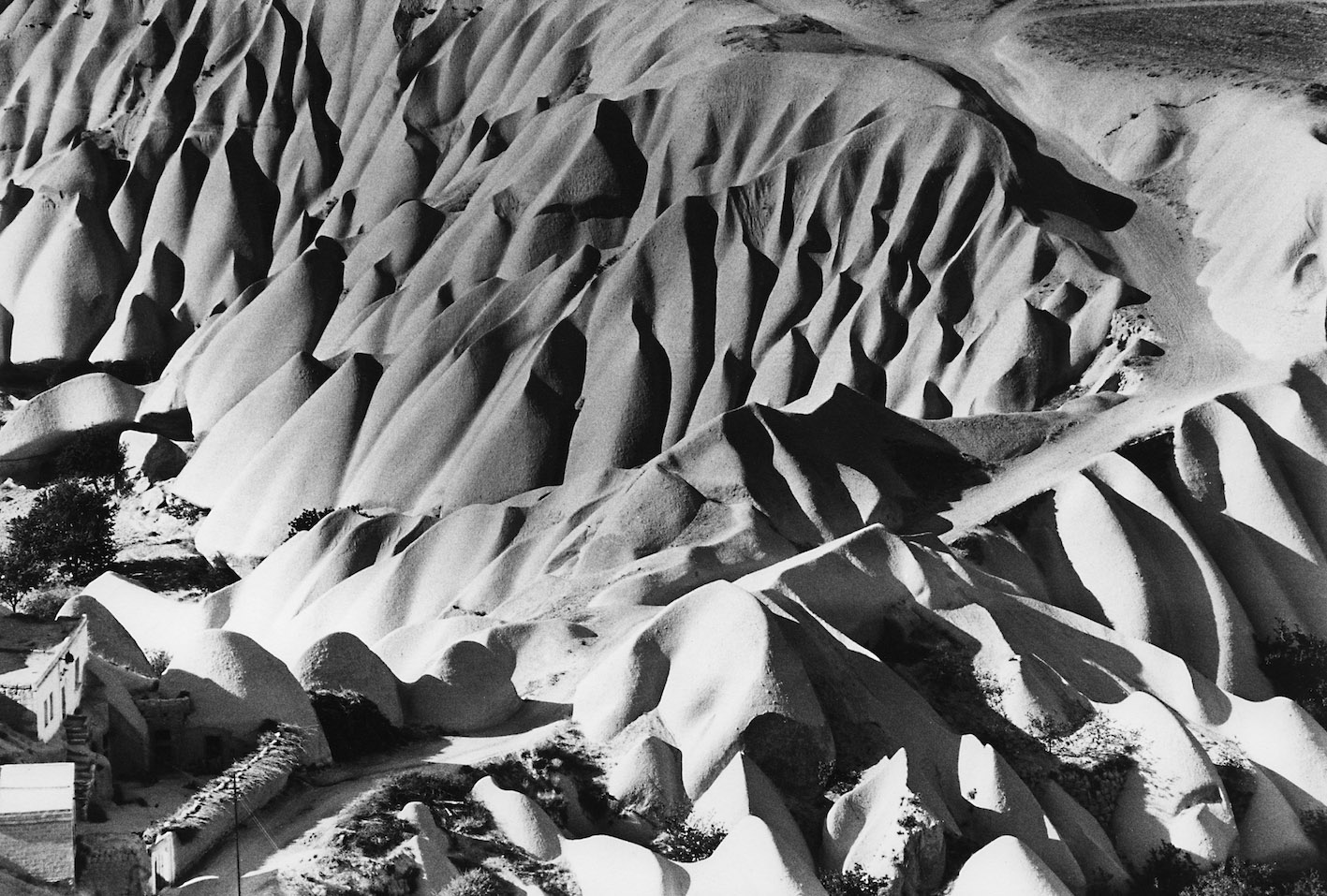
Cappadocia, Turchia. © 1970 Gabriele Basilico.
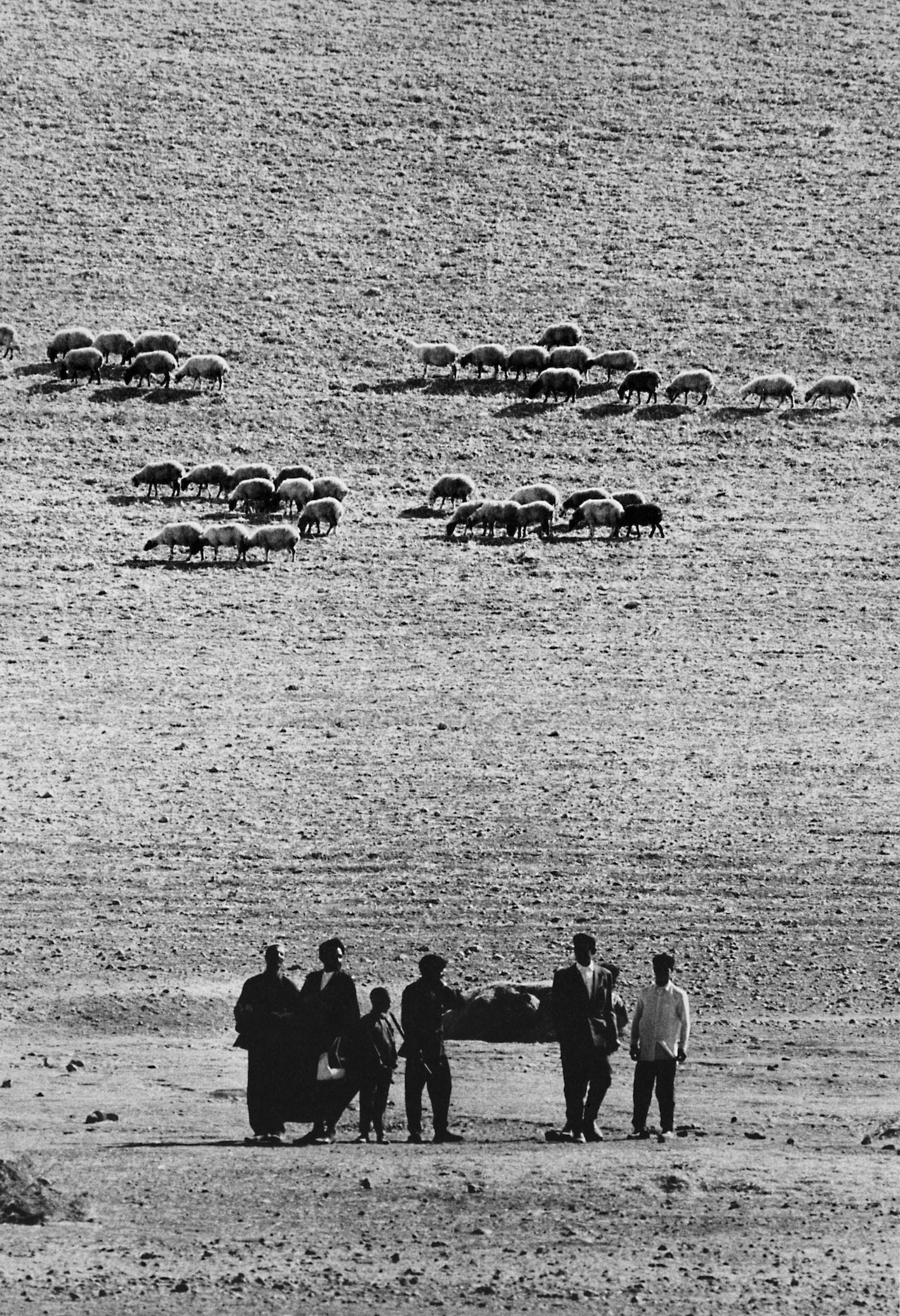
Isfahan, Iran. © 1970 Gabriele Basilico.
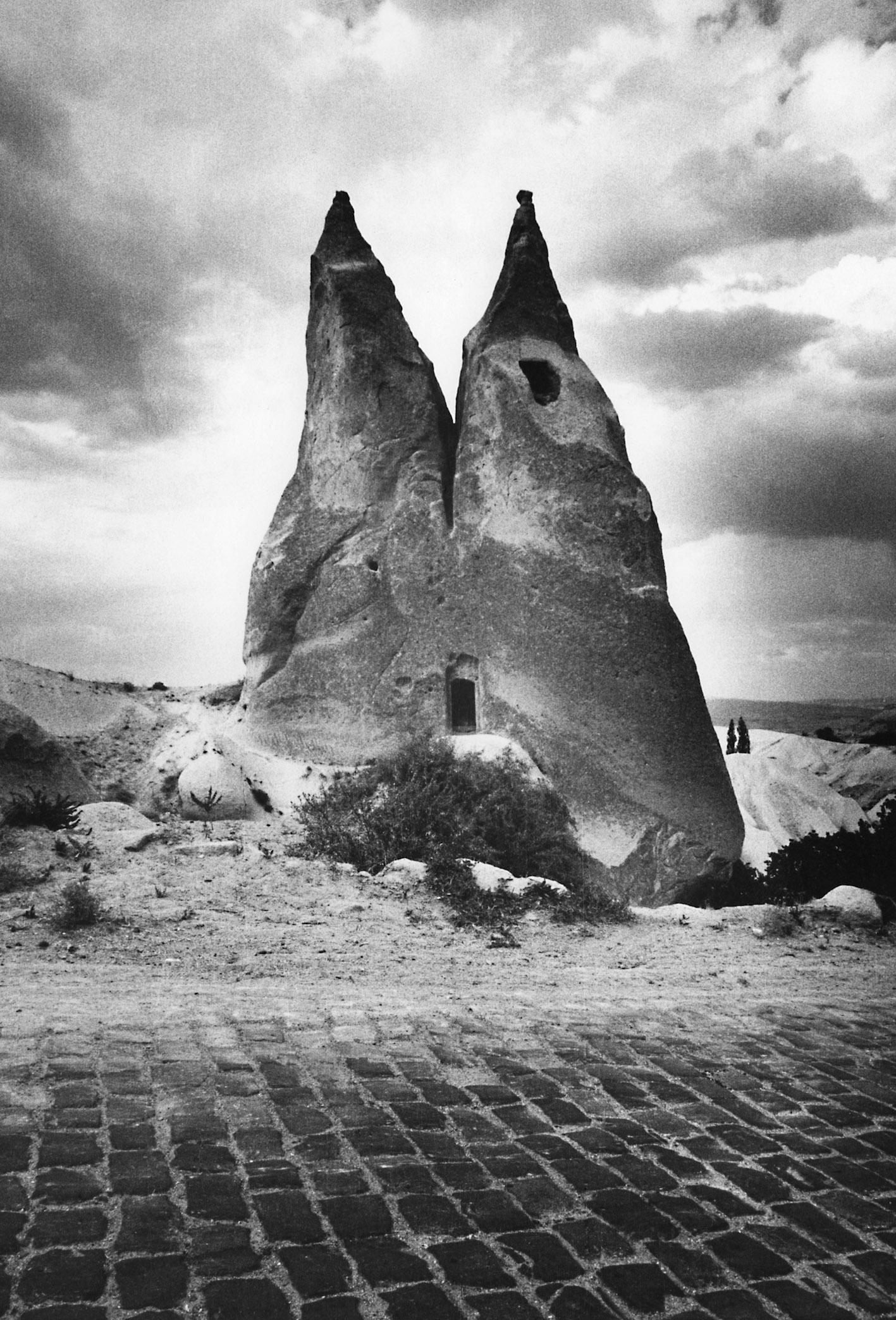
Cappadocia, Turchia. © 1970 Gabriele Basilico.